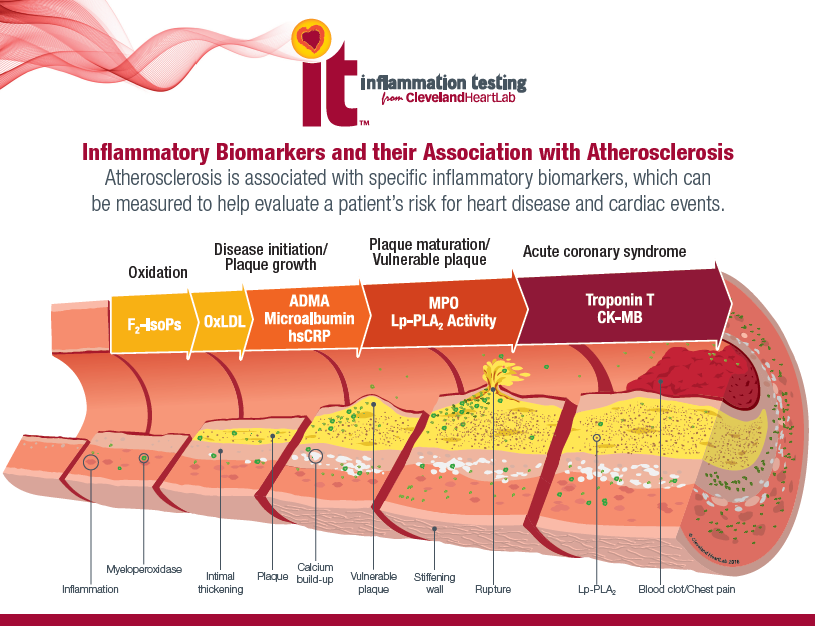Cardiovascular Disease is #1 Cause of Death Worldwide
Cardiovascular disease (CVD) is the most common cause of death for both men and women in the US and across the globe. [1] With the 2017 American Heart Association updated definition of high blood pressure, about 50% of American adults have some sort of cardiovascular disease, including hypertension. [2] Unfortunately, in the midst of the COVID-19 pandemic, cardiovascular disease and hypertension are also some of the underlying medical conditions that 1) predispose a person to infection and 2) increase the risk of a more severe infection, should it occur. [3] However, it is important to know that there is a lot that we can do to both prevent and reverse cardiovascular disease, since diet and lifestyle play huge roles in its progression.
Maybe you already know that you have a cardiovascular condition, or maybe you are undiagnosed but wondering if you are one of the 50% with CVD. The first thing you need to know is your current status, and the lipid panel has been the primary lab used to assess cardiovascular health. We have all heard that cholesterol is what causes heart disease, but is that entirely true? Is that idea perhaps outdated? Should we be looking at more than just the lipid panel?
What Is an LDL Particle?
Cholesterol is a fat, and in order to circulate in the blood, which is more like water, it needs to be escorted by a protein called apolipoprotein B-100 (apoB). An LDL particle (LDL-P), what we often call “the bad cholesterol”, is a molecule that contains 1 apoB and varying amounts of cholesterol and triglycerides packaged in a sphere of phospholipids. It is now thought that an elevated number of ApoB particles is what drives atherosclerosis. A higher number of these particles presents a concentration gradient where the particles move from high concentration (in the blood) to a lower concentration (in the arterial wall). In a paper using data from the Framingham Offspring Study, it was found that the LDL-P was better marker for predicting CVD than the LDL cholesterol value. [4]
Think of it this way. ApoB particles are like trucks on the highway, and they are transporting their goods, cholesterol and triglycerides, around the body. The trucks can carry varying amounts of these goods. This means that in some people, the trucks might not carry a lot of cargo, but in others, they might be very full. However, what is more important is that the more trucks on the highway, the greater the likelihood that they will have an accident. In this case, that means the truck drives into the vessel wall, which is how atherosclerosis starts.
Vascular Injury Plus Inflammation Lead to Atherosclerosis
It is now thought that atherosclerosis is really the result of injury (truck driving into the wall) and inflammation. After, the ApoB particle enters the vessel wall, immune cells called macrophages come in and try to clean up. Macrophages internalize these particles and become something called “foam cells”. As more of these foam cells develop, they collectively form plaques in the arterial wall.
The reason why just looking at the various cholesterol levels is not enough to determine risk is because it is possible that someone have relatively normal cholesterol levels but a high particle number. In this case, a person’s risk will be underestimated. On the other hand, another person might have what looks like an elevated cholesterol level but a low particle number. According to Allan Sniderman, MD, in a Clinical Lipidology Roundtable Discussion, “There are now strong and consistent data from a number of studies including Framingham that these individuals with low particle number but relatively high cholesterol are not at high risk. We should not be concerned about their cholesterol level.” [5] So with lipid panel testing alone, this person might be overtreated. In both cases, it is important to know the true risk so that they will be treated appropriately.

Cleveland Heart Labs is an innovative lab company that looks at the particle number (LDL-P) and particle size in addition to the traditional lipid panel markers. In addition, they have labs that can assess various inflammatory markers, which can help paint the picture of a person’s true cardiovascular risk. For example, looking at a marker for oxidized LDL early in the process can indicate whether changes need to be made in diet, lifestyle, supplementation to quickly reverse disease before it even starts. Myeloperoxidase and Lp-PLA2 activity are other markers that assess how stable a plaque is once it has formed. Those are just a few options that are available. These data are useful because they help guide treatment, as well as also show how effective the treatment is.
Prevention is the Best Medicine
If you have a family history or a previous diagnosis or just a wish to be proactive about your heart health, a thorough evaluation using Cleveland Heart Labs advanced lipid panel with Inflammation is a great way to get a good baseline for where you are. Cardiovascular disease is very much influenced by diet and lifestyle, and particularly when caught early, it is possible to significantly improve its progression.
The current statistics for cardiovascular disease are too high! With the right information, we can more easily make choices that invest in our health, both present and future. Feel free to schedule a visit – we do offer telephone visits. We would love to help you.
Other articles of interest:
Vitamin D and COVID-19 – Are Low Levels a Risk?
References
| [1] | American Heart Association, “2020 Heart Disease and Stroke Statistical Update Fact Sheet At-a-Glance,” American Heart Association, 2020. [Online]. Available: https://professional.heart.org/idc/groups/ahamah-public/@wcm/@sop/@smd/documents/downloadable/ucm_505473.pdf. [Accessed 25 Mar 2020]. |
| [2] | “Cardiovascular diseases affect nearly half of American adults, statistics show,” American Heart Association, 31 Jan 2019. [Online]. Available: https://www.heart.org/en/news/2019/01/31/cardiovascular-diseases-affect-nearly-half-of-american-adults-statistics-show. [Accessed 25 Mar 2020]. |
| [3] | “Coronavirus (COVID-19) Resources,” American Heart Association, 24 Mar 2020. [Online]. Available: https://www.heart.org/en/about-us/coronavirus-covid-19-resources. [Accessed 25 Mar 2020]. |
| [4] | W. Cromwell MD, J. D. Otvos PhD, M. Keyes PhD and e. al., “LDL particle number and risk of future cardiovascular disease in the Framingham Offspring Study – Implications for LDL management,” Journal of Clinical Lipidology, no. 1, pp. 583-592, 2007. |
| [5] | V. Brown MD, F. Sacks MD and A. Sniderman MD, “JCL roundtable: Apolipoproteins as causative elements in vascular disease,” Journal of Clinical Lipidology, no. 9, pp. 733-740, 2015. |

